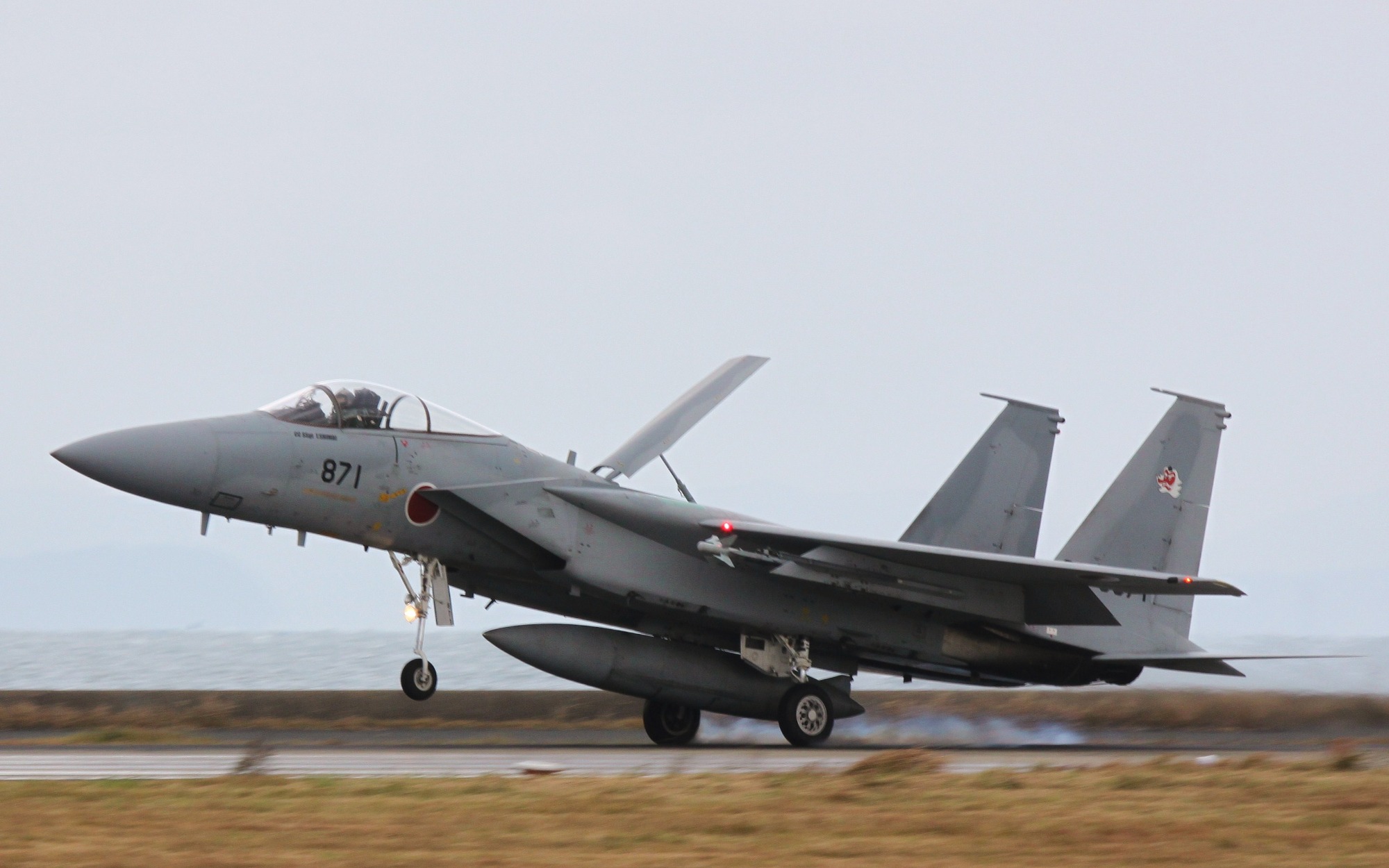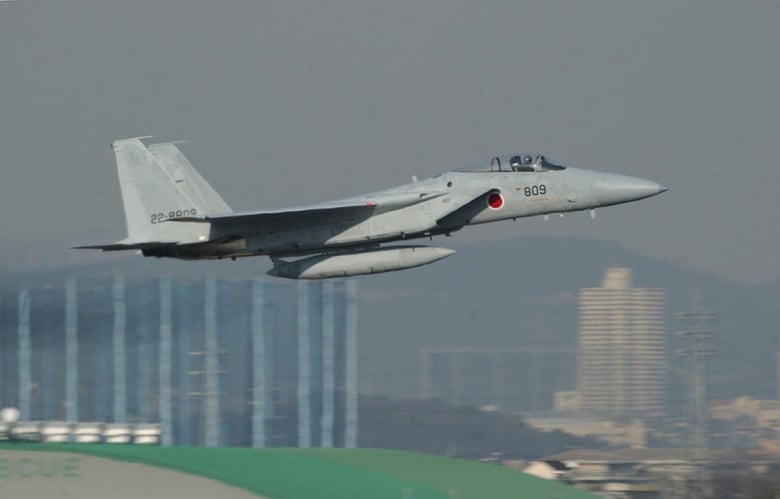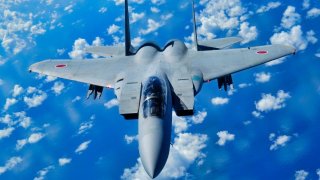F-15J: Japan Has Its Own Version of the F-15 Fighter (America Doesn't Have It)
The Mitsubishi F-15J/DJ Eagle, operated by Japan's Air Self-Defense Force for over four decades, is being modernized to enhance its defensive capabilities. Derived from the American F-15, the F-15J is equipped with two Pratt & Whitney F-100 turbofan engines and can carry 12 missiles and 24 air-to-ground munitions.
Summary and Key Points: The Mitsubishi F-15J/DJ Eagle, operated by Japan's Air Self-Defense Force for over four decades, is being modernized to enhance its defensive capabilities. Derived from the American F-15, the F-15J is equipped with two Pratt & Whitney F-100 turbofan engines and can carry 12 missiles and 24 air-to-ground munitions.

-Recently, Japan's Ministry of Defense approved the integration of Lockheed Martin's AGM-158B JASSM-ER into its F-15J fleet, significantly boosting the jet's firepower and range.
-This upgrade comes amid rising tensions in the Pacific, with Japan responding to aggressive actions from North Korea, China, and Russia.
F-15J from Japan Profile
As tensions in the Pacific continue to ramp up, Tokyo is beefing up its defenses. The Japanese Ministry of Defense last month approved the acquisition of the Lockheed Martin AGM-158B JASSM-ER (Joint Air to Surface Standoff Missile-Extended Range). The missile will be incorporated into the country’s fleet of F-15J fighters.
The U.S. State Department initially approved this transaction last summer. Once these jets are fully equipped, Japan will be better positioned to thwart its adversaries in the region.
Introducing Japan’s Very Own F-15 Fighter
The Mitsubishi F-15J/DJ Eagle air superiority fighter has been operated by the Japan Air Self-Defense Force for more than four decades. Developed by Boeing and derived from the American F-15 Fighting Eagle, the F-15J remains an integral part of Japan’s aerial fleet.
Japanese officials first showed interest in the 1970s in acquiring the Eagle platform, which at the time was new, to replace its aging airframes. Before the end of the decade, Mitsubishi Heavy Industries was selected as the F-15J’s primary contractor.
Specs & Capabilities
While the F-15Js produced for Japan were similar to the early production blocks of the U.S. Air Force’s F-15C platform, the jets designed for Tokyo lacked some electronic countermeasures equipment. Specifically, the F-15Js were not equipped with the ICS and EWWS, which were deemed too sensitive for export.

Two Pratt & Whitney F-100 turbofan engines power the F-15J, which is capable of reaching a top speed of nearly 1,660 miles per hour with a 50,000 feet-per-minute rate of climb. Armament-wise, the fighter can carry 12 missiles and 24 air-to-ground munitions.
Why the JASSM-ER Is a Game Changer
The JASSM-ERs will increase the F-15J’s firepower. As detailed by The Aviationist, “Upgraded F-15s equipped with this missile will have improved electronic warfare capabilities and an increased number of missiles. Further upgrades will be carried out on 68 aircraft that have already been modernized.”
The JASSM-ER has a larger internal fuel tank and turbofan engine than its JASSM counterpart. Its extended range allows the missile to travel roughly 1,000 kilometers. The weapon can follow pre-set trajectories, but it can also change directions to confuse enemy air defenses. The Center for Strategic and International Studies provides further details:
“The missile is guided by INS/GPS unit developed for the JDAM and JSOW bombs, and also an IR seeker for terminal guidance. It also incorporates three-dimensional targeting models of the intended targets, of which eight can be stored in each missile. The Air Force indicates that the missile is accurate within 3 m CEP.”

Japan has had to contend with increasingly hostile behavior by North Korea, China, and Russia. Tokyo has scrambled jets in response to nearly 1,000 recent airspace violations by Beijing and Moscow around the disputed Senkaku Islands in the South China Sea. In March, Pyongyang carried out firings of its multiple rocket launchers toward the Sea of Japan. The modernization of the country’s existing F-15J fleet will help bolster Tokyo’s response to future acts of aggression.
About the Author: Maya Carlin
Maya Carlin, National Security Writer with The National Interest, is an analyst with the Center for Security Policy and a former Anna Sobol Levy Fellow at IDC Herzliya in Israel. She has by-lines in many publications, including The National Interest, Jerusalem Post, and Times of Israel. You can follow her on Twitter: @MayaCarlin.
Image Credit: Creative Commons.


